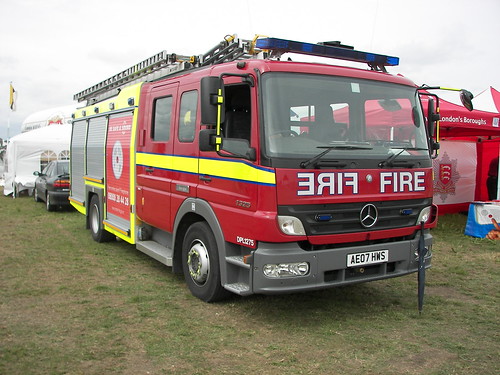mirage2K
FULL MEMBER

- Joined
- Feb 20, 2011
- Messages
- 1,100
- Reaction score
- -6
- Country
- Location
Soon, vestibule AC buses for metros
NEW DELHI: Metros like Delhi, Mumbai, Chennai and other major urban areas which have dedicated corridors for buses will soon see the debut of articulated buses ( double buses). The Union urban development ministry has proposed to introduce these buses to attract passengers to use public transport.
An articulated bus is usually of single-deck design and comprises two rigid sections linked by a pivoting joint. Each of these buses can carry nearly 150 passengers. These buses are popular in other parts of the world. "We have proposed to introduce these buses on an experiment basis and these will be a part of our scheme to provide buses to cities and small towns in the second phase of JNNURM," a senior UD ministry official said. These will be AC buses.
Sources said there was also a proposal to introduce hybrid buses (battery operated) in some cities to promote green technology in public transport. These buses can cover about 200 km after the batteries are charged fully. "We are looking at providing different types of buses keeping in mind the requirement of cities and towns. We have proposed midi, mini and normal buses. Since articulated buses need more road space and better road geometry for maneuvering, city authorities will have to take a call on which routes these vehicles will run," an official said.
These are part of a comprehensive proposal to provide 10,000 buses under JNNURM-II to cities and small towns, particularly in hilly states. The ministry is seeking approval of the expenditure finance committee (EFC). Finance minister P Chidambaram had announced providing these buses to states during his budget speech. Sources said the UD ministry has already asked states to send their detailed demand for buses and it aims to finish the sanction process by September.
Meanwhile, learning from the experiences of hundreds of low floor AC buses breaking down in Delhi, the UD ministry has directed manufacturers to improve their future fleets. "The manufacturers have assured us that they will come out with good products. They told us that since it was a first-time experience for them to supply low floor AC buses in Delhi, there were some glitches. We have also asked the manufacturers to train four drivers per bus that they sell to government so that we have enough trained drivers," a ministry official said.
Soon, vestibule AC buses for metros - The Times of India
NEW DELHI: Metros like Delhi, Mumbai, Chennai and other major urban areas which have dedicated corridors for buses will soon see the debut of articulated buses ( double buses). The Union urban development ministry has proposed to introduce these buses to attract passengers to use public transport.
An articulated bus is usually of single-deck design and comprises two rigid sections linked by a pivoting joint. Each of these buses can carry nearly 150 passengers. These buses are popular in other parts of the world. "We have proposed to introduce these buses on an experiment basis and these will be a part of our scheme to provide buses to cities and small towns in the second phase of JNNURM," a senior UD ministry official said. These will be AC buses.
Sources said there was also a proposal to introduce hybrid buses (battery operated) in some cities to promote green technology in public transport. These buses can cover about 200 km after the batteries are charged fully. "We are looking at providing different types of buses keeping in mind the requirement of cities and towns. We have proposed midi, mini and normal buses. Since articulated buses need more road space and better road geometry for maneuvering, city authorities will have to take a call on which routes these vehicles will run," an official said.
These are part of a comprehensive proposal to provide 10,000 buses under JNNURM-II to cities and small towns, particularly in hilly states. The ministry is seeking approval of the expenditure finance committee (EFC). Finance minister P Chidambaram had announced providing these buses to states during his budget speech. Sources said the UD ministry has already asked states to send their detailed demand for buses and it aims to finish the sanction process by September.
Meanwhile, learning from the experiences of hundreds of low floor AC buses breaking down in Delhi, the UD ministry has directed manufacturers to improve their future fleets. "The manufacturers have assured us that they will come out with good products. They told us that since it was a first-time experience for them to supply low floor AC buses in Delhi, there were some glitches. We have also asked the manufacturers to train four drivers per bus that they sell to government so that we have enough trained drivers," a ministry official said.
Soon, vestibule AC buses for metros - The Times of India





 .
.











 !
!



 ) so @
) so @


